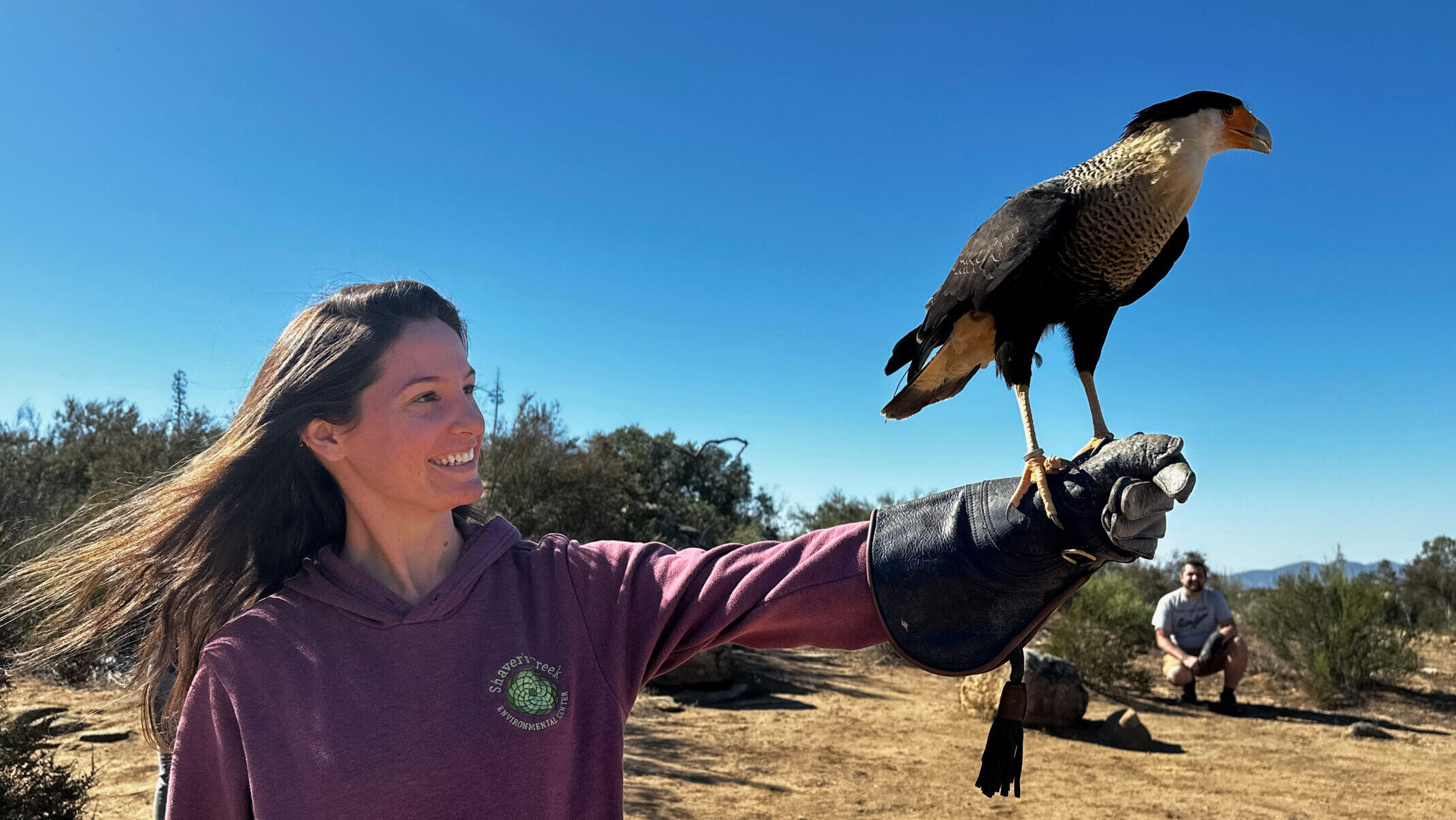
Our very own Paige Sutherland, wildlife education and engagement program director, recently had the honor of being invited to sit down with Hillary Hankey on The Avian Behavior Podcast.
Welcome to the Shaver’s Creek blog! The entries here are posted by staff, interns, and volunteers, and aim to keep you informed about the programs, updates, and natural history happenings here at the Creek. Enjoy!

Our very own Paige Sutherland, wildlife education and engagement program director, recently had the honor of being invited to sit down with Hillary Hankey on The Avian Behavior Podcast.

During Rufous’ long career as an ambassador for his species, he touched the lives of thousands. His calm, curious nature and willingness to engage with training sessions made him a wonderful feathered teacher to aspiring animal trainers.
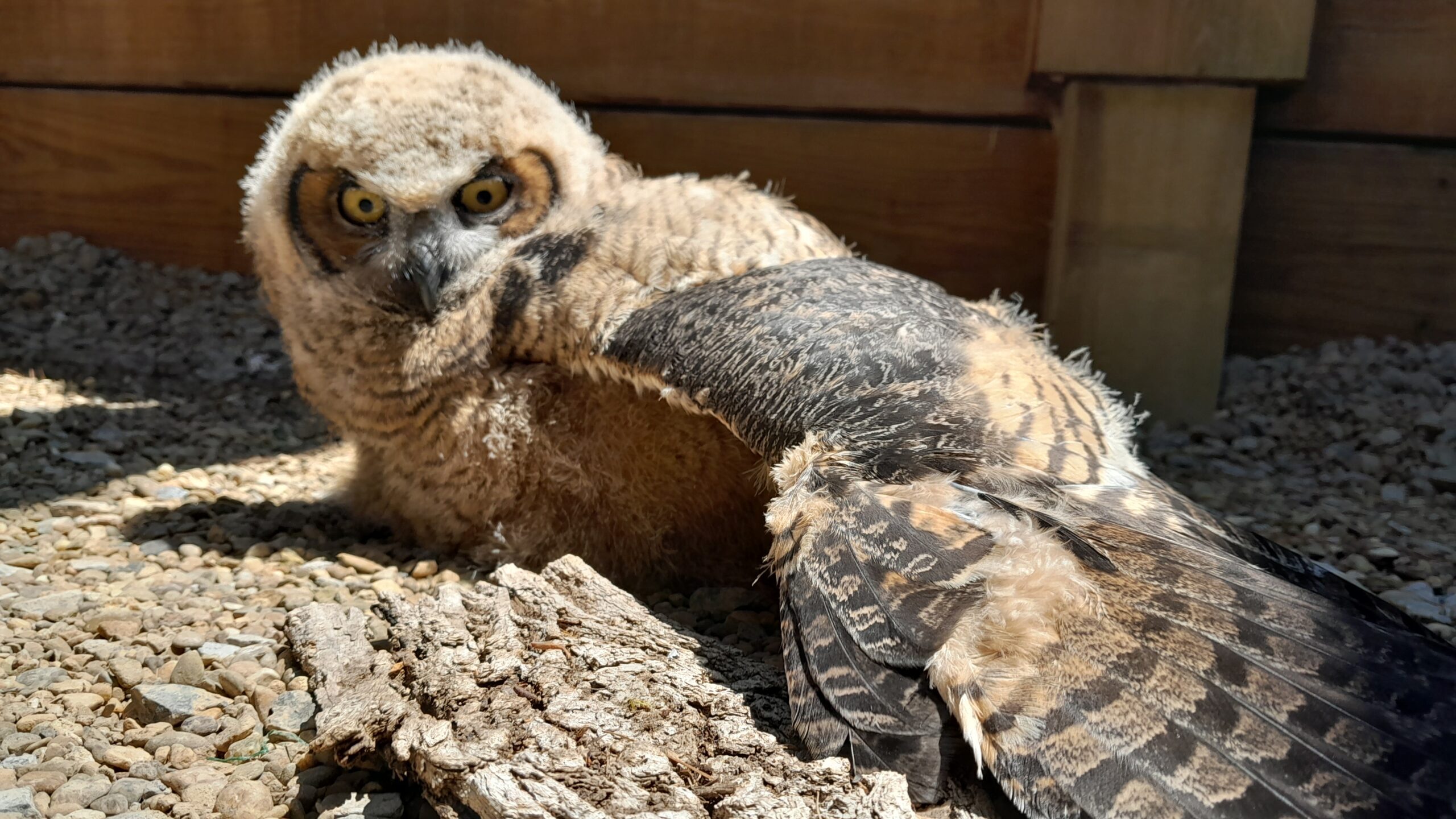
Raising a Great Horned Owlet to thrive as an ambassador for his species.
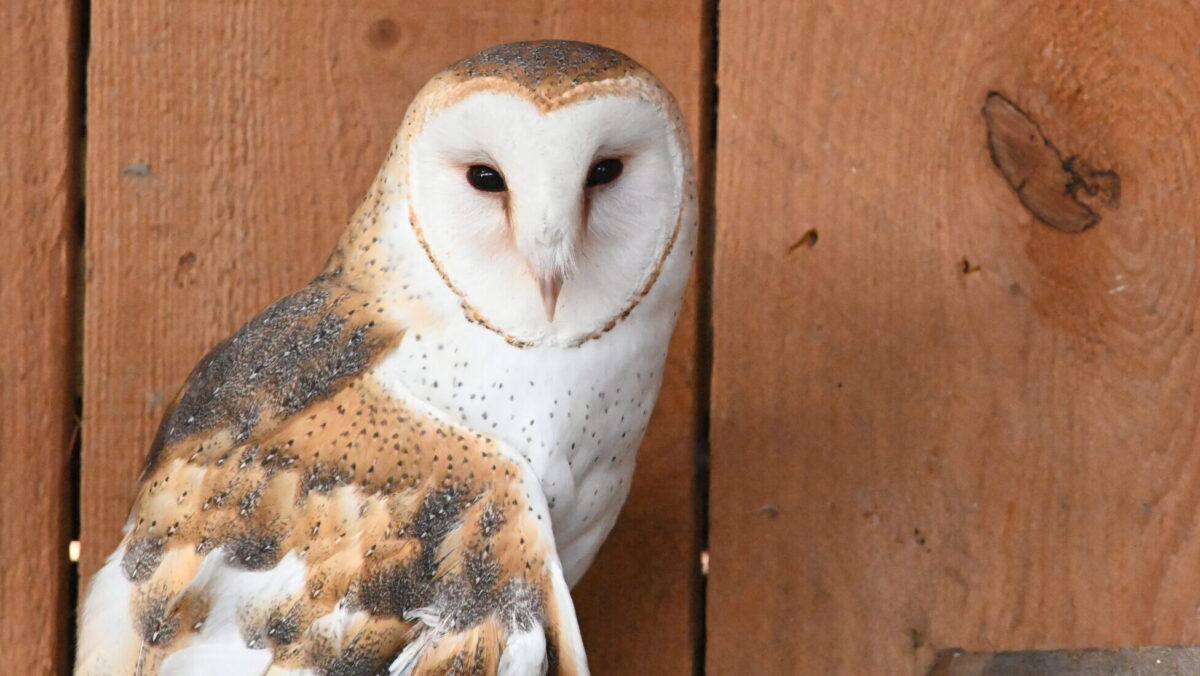
They say good things come in small packages. In this case, they also came with soft, white feathers and a sweet apple-shaped face.
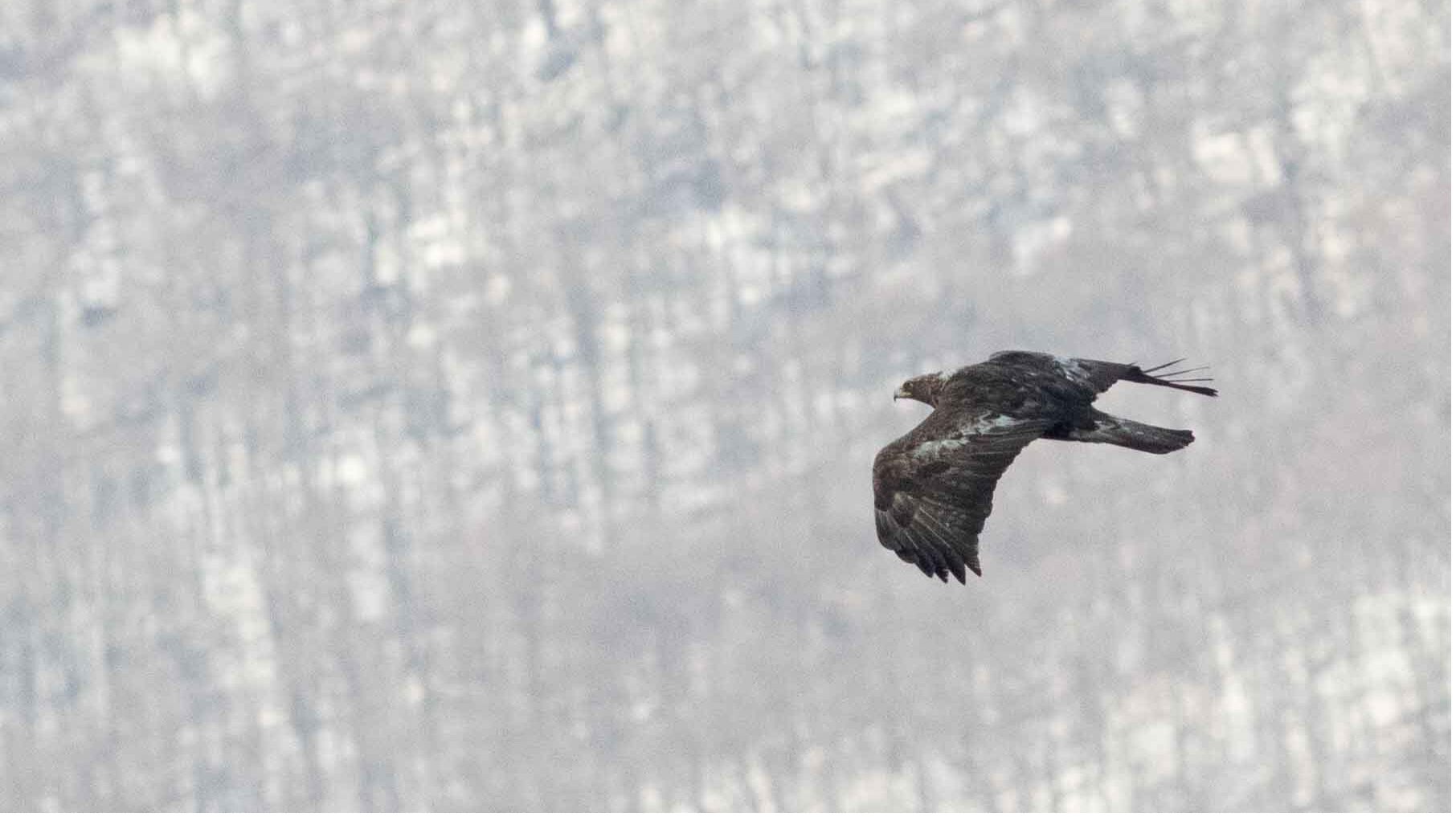
Official hawkwatch counter Andrew Bechdel reflects on his experience at the top of Tussey mountain while exploring one big question: What is it all for?

We are thrilled to share that we have welcomed a new animal ambassador, co-worker, and friend to our Shaver’s Creek community. Please meet Sunny, the Great Horned Owlet!
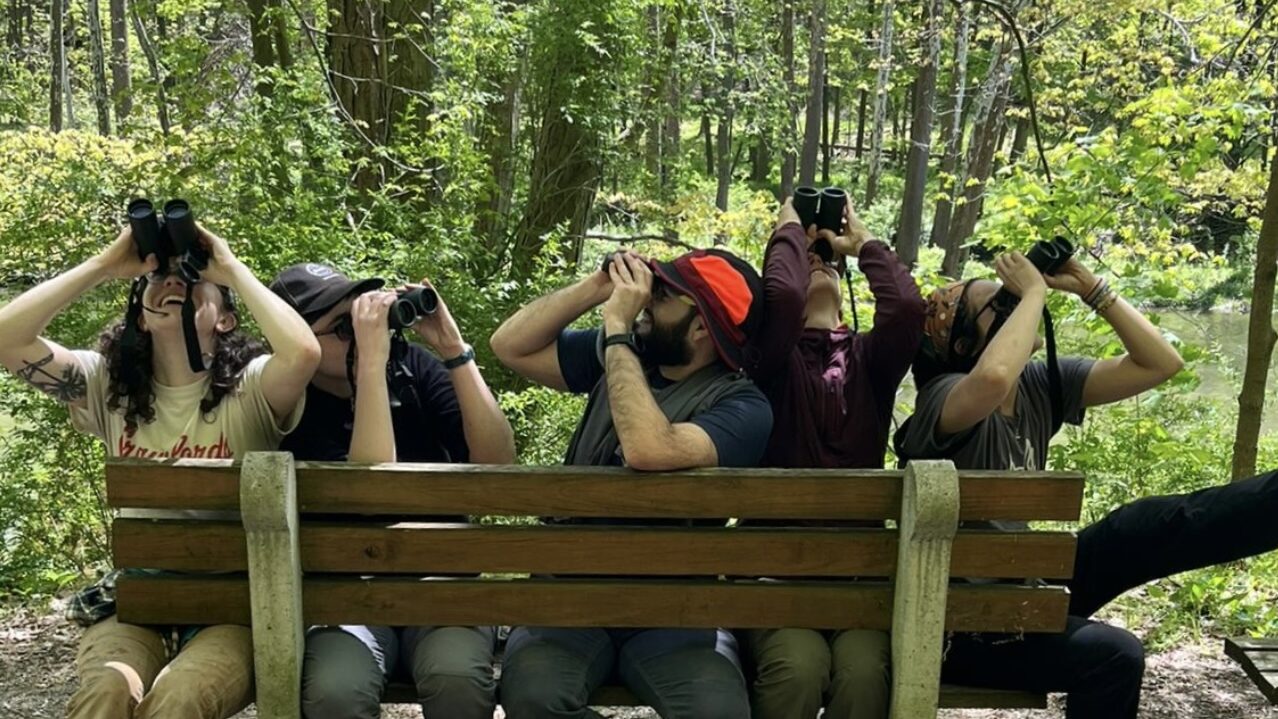
The Birding Cup has always been focused on building community through a shared love and appreciation of the feathered friends that are abundant in Central PA and beyond — and this year stayed true to that mission.
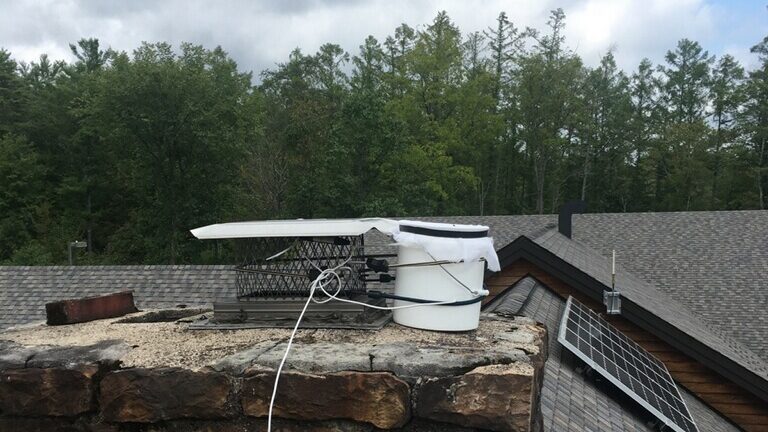
A little plastic bucket sat on the roof of the Center this September and October, holding a microphone pointed at the sky. Nocturnal sounds were recorded to contribute to an Appalachian-wide study of fall bird migration run by Cornell Laboratory of Ornithology researcher Benjamin Van Doren.

A longtime friend and generous supporter of Shaver’s Creek, Mark McBride was recently chosen as the recipient of the 2022 Fischer Award of Distinction. The Fischer Award of Distinction recognizes friends, donors, alumni, and volunteers who have distinguished themselves through extraordinary service to advance the Penn State Outreach and Online Education (OOE) mission.
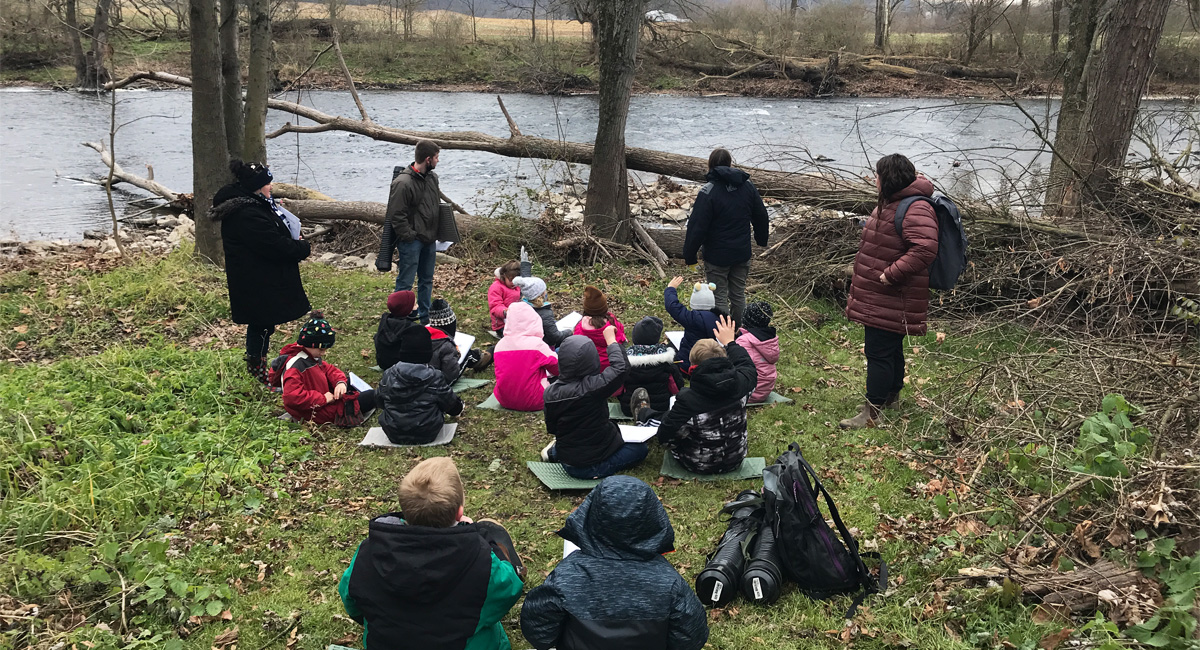
On a warm September day in 2021, a few short weeks after starting my position as an AmeriCorps outdoor educator, I found myself in the middle of the woods with a class of fourth graders on a field trip. I stood there as we were eating lunch, reflecting on how exactly this all happened.
